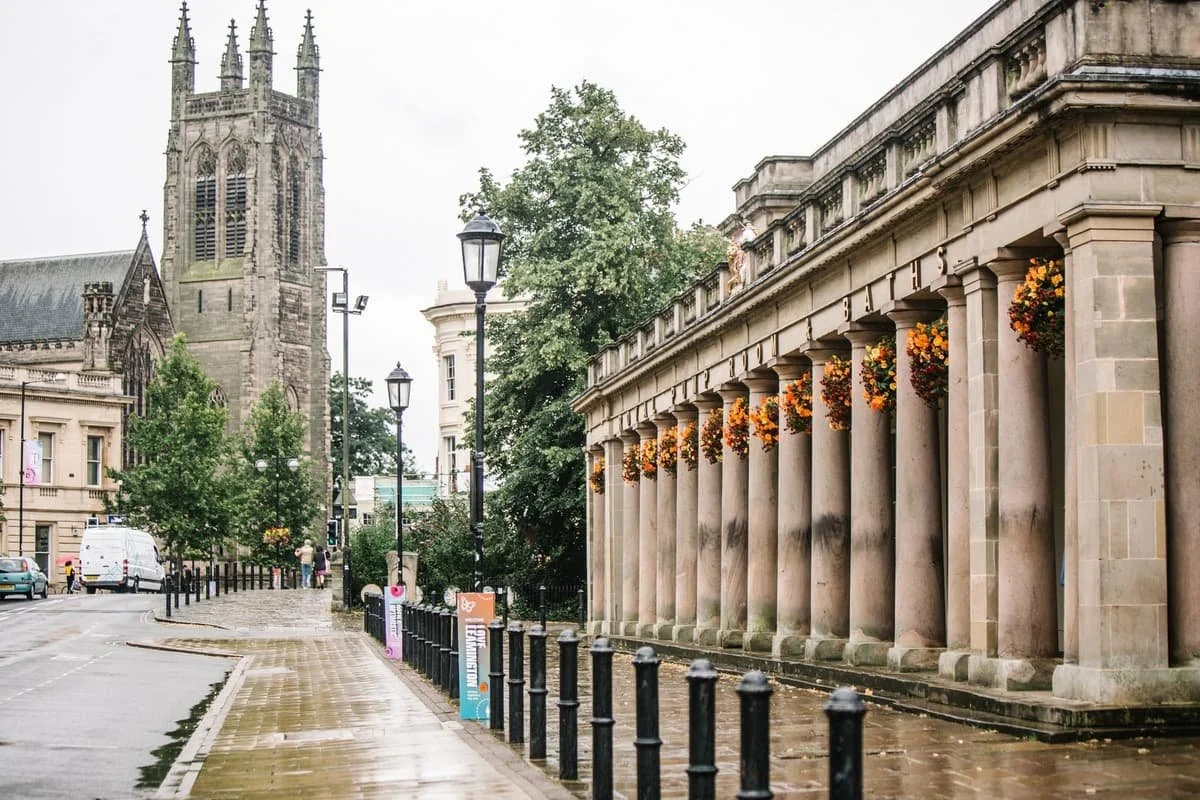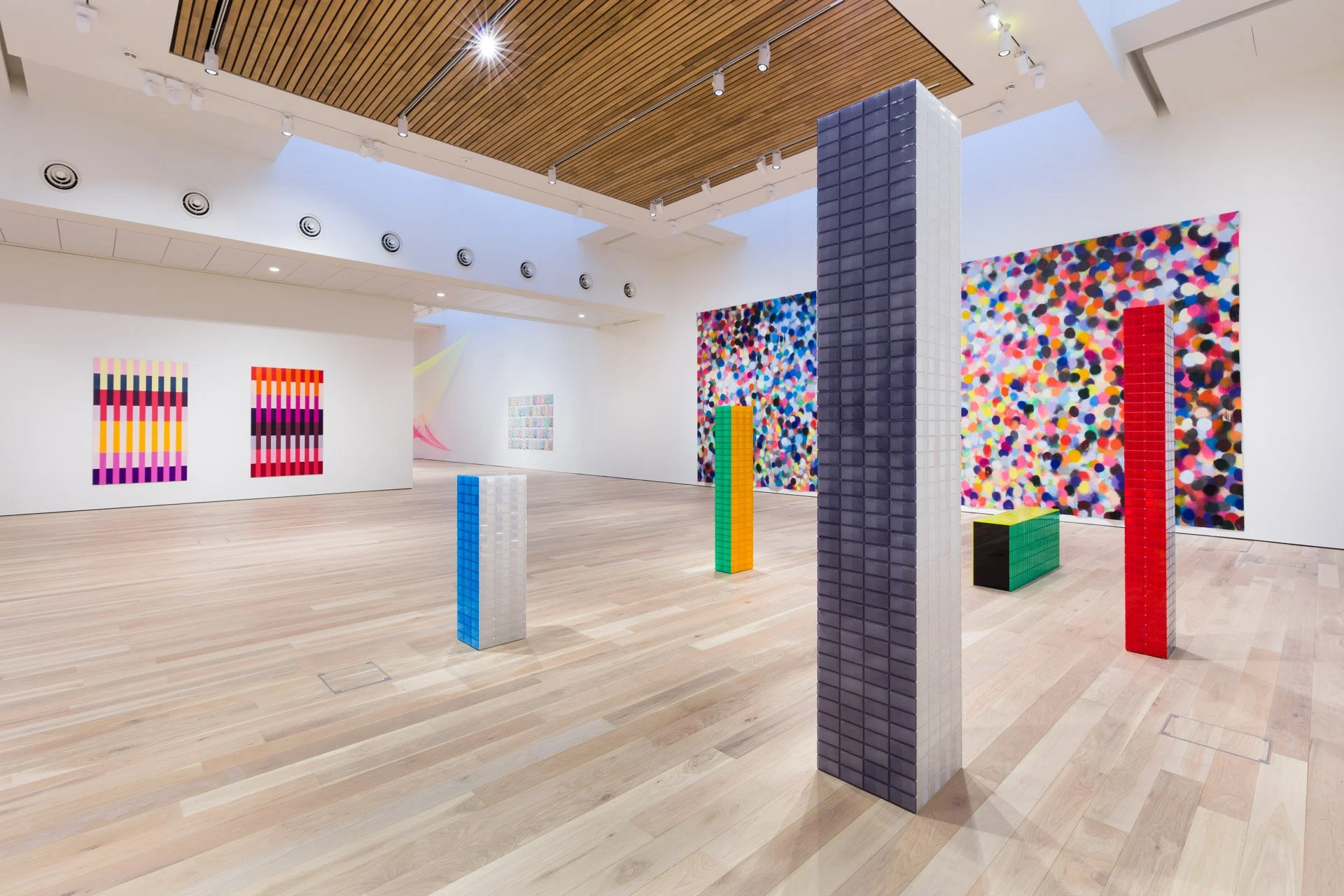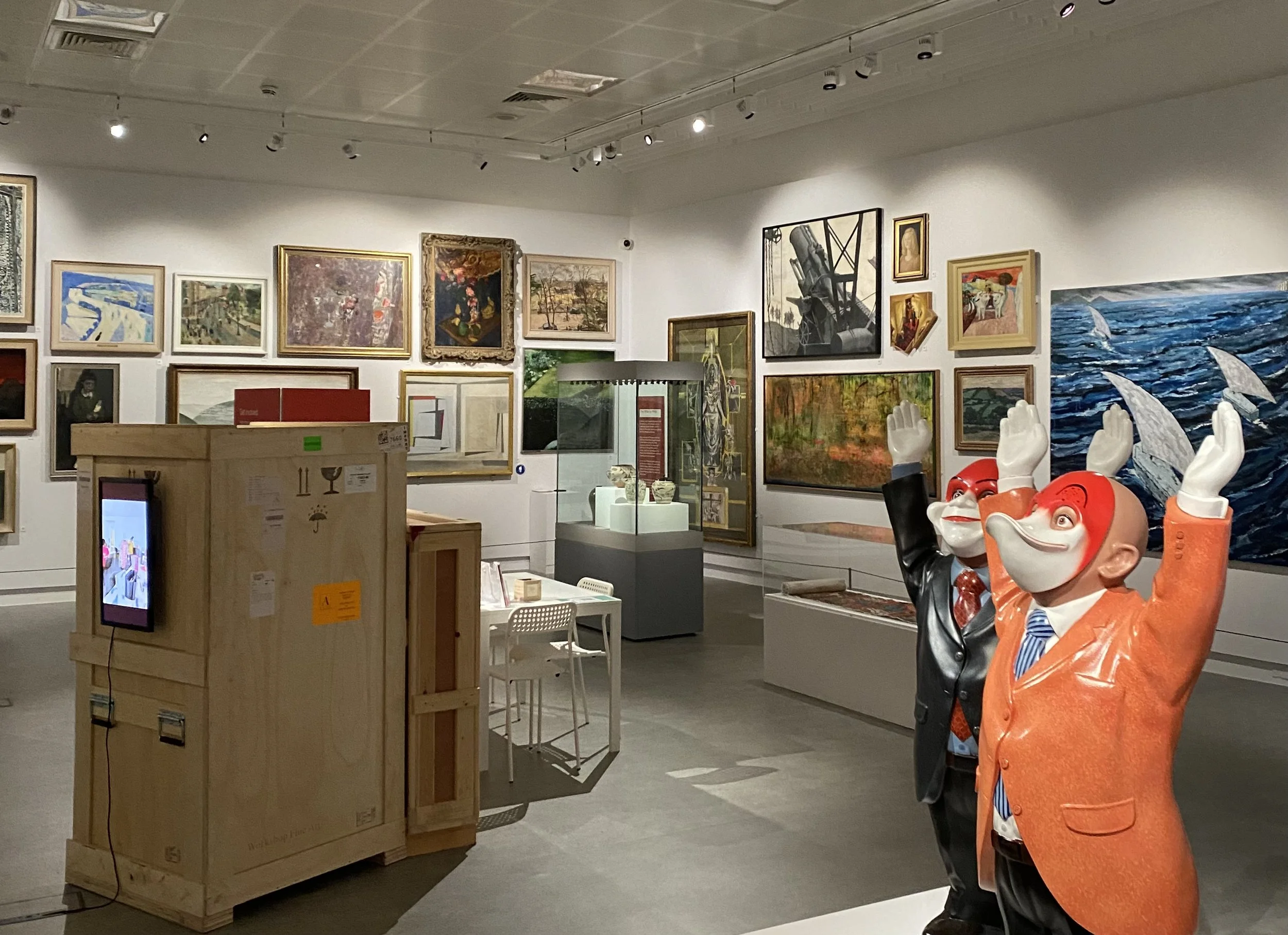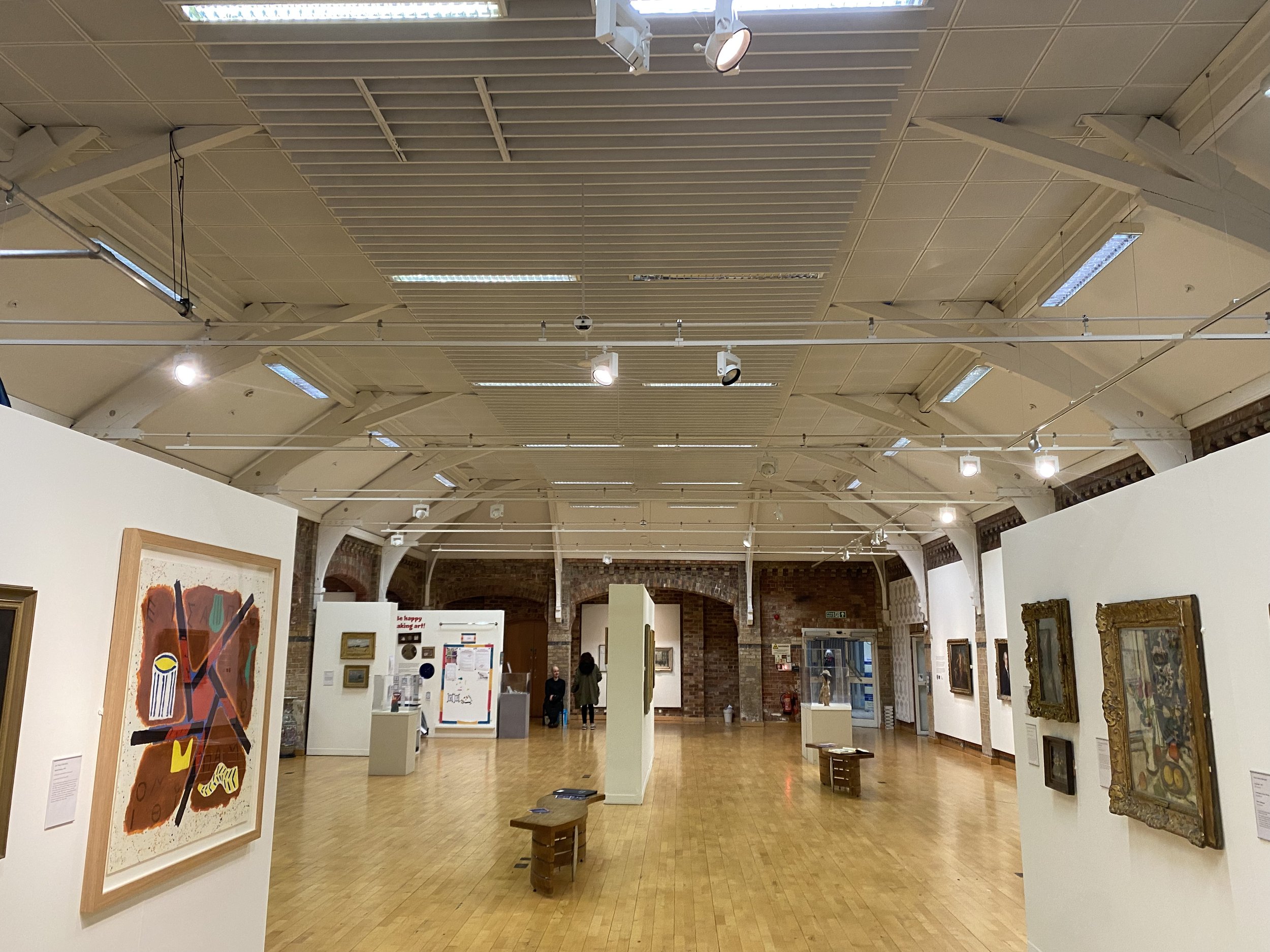Warwickshire’s Art Institutions, In Depth
Leamington Spa Art Gallery & Museum
Having a close proximity to art is a well-known essential for maintaining mental wellbeing. Farnsworth Art Gallery’s website puts it best, explaining that ‘viewing art can make you feel better and improve your mood’. I’m sure those students reading this have got only one thought at the back of your mind: where is the closest art gallery, and exactly how far is it from your accommodation. Even more important than this is the question of the actual quality of the art space which you are near to. Warwick University’s catchment area is filled with exciting and innovative spaces that offer a packed programme, all within 20 minutes by public transport from the university.
Mead Gallery
The first port of call for all new Warwick students shouldn’t be the Freshers’ Fair, the Icebreaker, or even the SU pool tables, but the Mead Gallery. This gallery, located inside the Warwick Arts Centre, is presented by their website as “a place where people can meet, create, discuss and discover the arts”. This description may fail to capture the emotions one experiences upon stepping over the Gallery threshold. “Ethereal”, “liminal” and “transcendent” were the words that sprung to mind amongst the Gallery visitors I spoke to. What, in my eyes, makes the gallery achieve this universal praise can be attributed to its cavernous space, with ceilings of an equivalent height to a cathedral. This feature defines every major gallery of note, creating an amazing sense of space that allows the individual to really disconnect with reality - a prerequisite for seeing many of the abstract works in the Mead Gallery.
The Mead Gallery space itself does not feature a permanent collection, but rather operates with a series of temporary exhibitions, coinciding with the University term time – this situation does cause local residents to have to live without a gallery for months on end. On the subject of the art itself, the gallery’s high ceilings allow for a range of installations, one of which featured a massive loom installed in the centre. The loom held a huge tapestry, creating a moving artwork that appeared differently whenever you viewed it. This unique format definitely has potential. Yet the tapestry that moves through the loom is noteworthy more for its blankness (occasionally it changes from lilac to a light blue), than for the variety of mediums that could be explored through the format. The most recent exhibition, however, was a wonderful celebration of contemporary art featuring works from Warhol to Hirst. It even offered printmaking sessions in the gallery on Thursdays and Saturdays.
Despite this, the gallery remains relatively unknown in the Warwick sphere- it simply isn’t advertised enough by the Arts Centre and combined with the small entrance you could forgive a student for never having heard of it.
Collecting Coventry at the Herbert Gallery, Coventry
Moving on to perhaps the most venerable of the Central Warwickshire art institutions, we have the prestigious Herbert Gallery. Taking pride of place in the city of Coventry, the space, opened in 1960, has both temporary and permanent collections. In the grand main atrium lies ‘Dippy’ the Diplodocus, on loan from the Natural History Museum.
Upon arrival in the upstairs gallery space, I then was face to face with an entire wall of fans. These industrial fans buffeted you with gale force winds if you stood on the wrong section of floor. The temporary exhibition, Collecting Coventry is by far the most impressive part of the Gallery and Museum. Featuring a huge array of objects in display cases similar to those in the V&A’s Ceramics department, the first room effectively presents the diverse collection in the clearest way possible. The following spaces present the history of the visual arts collection, from the original private bequest from Alfred Herbert to the changes in the focus of curators, from landscape in the 1950s and ‘60s to shining a lens on the underrepresented today.
The real argument, however, over the Herbert Gallery, concerns the 1972 Local Government Act, which created the West Midlands country and wrestled Coventry away from Warwickshire’s grasp. Nevertheless, this incredible space stands just 20 minutes bus journey from Warwick University.
Leamington Spa Art Gallery & Museum’s main permanent space
The natural alternative to the sleek modernism, chalky walls and high ceilings of the Mead Gallery is the classical elegance of the Leamington Spa Art Gallery and Museum. Nestled in the former Pump Rooms, the main gallery is situated in the former ladies’ bathing pool. However, the curators peculiarly do not continue this theme within the space, with a significant proportion of the work coming from male artists. One enters to a collection of “Old Masters” on the left-hand side, with a painting by Thomas Gainsborough among them. Then in the left corner hang five sleeping bags from the ceiling, followed by a series of display cabinets featuring glassware and then contemporary art. It’s all fantastic, but you feel that each one of these elements would work better celebrated individually.
From the main space, you travel through the museum space, an interesting look at Leamington life (but sadly only partially open due to a roof leak affecting the upper floor) into the temporary exhibition. The previous exhibition, entitled ‘25 Years, 25 Objects, 25 Artists’, was aimed to commemorate the space’s 1999 opening, however the work presented is hard to follow. The space is split into three distinct parts. The first features objects from the collection, and paintings including an excellent Bridget Riley. The second is a collection of paintings by a man named Mark Elsmore, who won the Gallery Open last year. They’re actually very impressive, but you feel that he may have been shortchanged, with the prize stipulating an exhibition at the Gallery, but the final result being just a small selection of works in the corner of the space. The third, and by far the largest section, is the exhibition shop, which features jewellery, books and other items by local creatives. The current exhibition is fantastic, and I will delve deep into it in a future article. After a few hours deep in thought, I concluded that the Leamington Spa Art Gallery and Museum was eclectic and wonderful but could benefit from investment to revamp the museum space.
Warwick University’s location in the heart of a densely artistic region in the past (Warwickshire was previously home to one of the largest concentrations of art schools in the country) still has an intense relevance today. These schools have amalgamated to form three incredibly unique spaces, each of which celebrate different areas of visual arts. From Leamington’s impressive collection of classical and Impressionist works, the Mead’s excellent travelling shows and the Herbert’s vast collection, students at the University have a rich choice.
Raphael Roy Taylor




